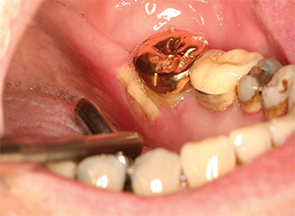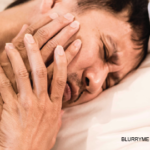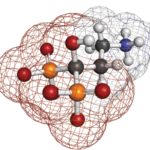Intraoral and panoramic radiographs and cone beam computed tomography (CBCT), a form of focused CT of the jawbones, help delineate the extent of the disease.54,55 Radiographs show poorly demarcated, mottled radiolucencies, with or without sequestra, and often thickening of the lamina dura, the thin shell of bone that surrounds teeth.
Management
Prevention of MRONJ should be the goal and measures should be initiated before or shortly after starting medications that predispose patients to MRONJ.
All patients should be seen by a dentist for a baseline examination and radiographs. This is particularly important for patients with cancer who are higher risk. Because infection is one of the predisposing factors, all dental treatment to reduce and eliminate infection should be completed as quickly as possible, such as having dental restorations placed, teeth cleaned and unrestorable teeth extracted. Even if the incidence of MRONJ is low, such as in the osteoporosis population, removing all sources of dental infection is good practice for the overall health and well-being of the patient.
At this time, anti-resorptive agent-related osteonecrosis by far outnumbers cases caused by other agents.
If the patient requires extraction of a tooth after having been on bisphosphonates for many years, this may be unavoidable because not treating sites of infection also predisposes the patient to MRONJ. There is no absolute contraindication to extraction, and this may be the most appropriate treatment for teeth that are mobile (grade III or higher) and at risk for aspiration, teeth that are in areas of ONJ as determined radiographically and when the patient has continued to have pain and infection despite multiple courses of antibiotic treatment. If the patient has had substantial exposure to bisphosphonate therapy, non-restorable teeth can receive root canal therapy, provided there is no obvious bone disease on the radiographs. Patients should then be followed routinely for regular dental check-ups and dental cleanings.
The AAOMS recommends discontinuation of oral bisphosphonates for two months prior to extractions for those patients who have taken an oral bisphosphonate for more than four years or for those patients who have taken an oral bisphosphonate for less than four years with concomitant medical therapy (corticosteroids or anti-angiogenic agents).5 This is controversial because the half-life of bisphosphonates is approximately 10 years, and this would have little effect on bone healing. In contrast, the half-life of denosumab is shorter (32 days), with a terminal half-life of 5–10 days.56
Bisphosphonate use is associated with MRONJ in both patients on cancer therapy (frequency of 1–7%) & those with osteoporosis (frequency of 0.02%).
There are some data that soft-tissue healing may be compromised by bisphosphonates, but this effect is present only for a few weeks after exposure.17 The duration and necessity of a drug holiday after patients have been on anti-resorptive therapies for osteoporosis for years have yet to be clearly elucidated.57


